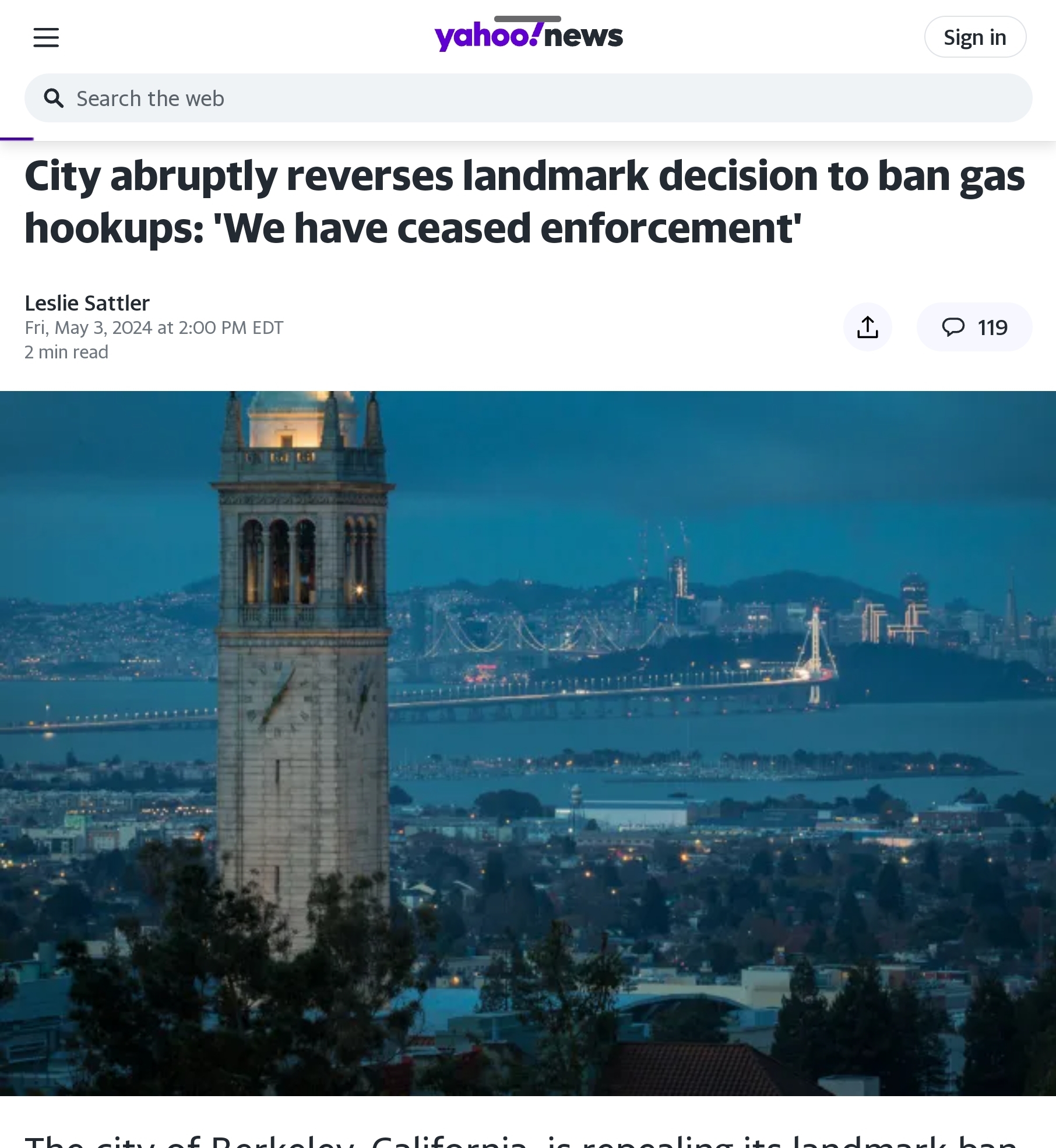New paper finds another amplification mechanism by which the Sun controls climate
http://hockeyschtick.blogspot.com/2013/10/new-paper-finds-another-amplification_15.html
A new paper published in the Journal of Quaternary Sciences finds climate change in the Caribbean over the past millennium “was probably controlled by solar forcing and modulated by the combined influence of El Niño Southern Oscillation and the North Atlantic Oscillation.” According to the authors, “The record suggests extended episodes of drought occurred during the so-called Little Ice Age (1400–1850 CE), which were associated with El-Niño-like conditions in the eastern equatorial Pacific Ocean and controlled by low natural radiative [solar] forcing.” The paper adds to hundreds of other peer-reviewed publications finding solar amplification mechanisms by which tiny changes in solar activity can cause climate change, and that solar effects on climate are modulated by natural ocean and atmospheric oscillations.Solar forcing of Caribbean drought events during the last millenniumMICHAEL J. BURN*, SUZANNE E. PALMERAnthropogenic climate change is expected to increase the frequency of drought events in the earth’s subtropical regions. However, the climate dynamics of these regions are not fully understood and debate surrounds how external forcing factors such as solar and volcanic forcing influence long-term rainfall patterns in the subtropics. Here, we present the first high-resolution reconstruction of Caribbean drought events over the last millennium based on analyses of sediment geochemical data from a continuous high-resolution coastal lake-sediment record in Jamaica. The record suggests extended episodes of drought occurred during the so-called Little Ice Age (1400–1850 CE), which were associated with El-Niño-like conditions in the eastern equatorial Pacific Ocean and controlled by low natural radiative [solar] forcing. Comparison of the Jamaican drought record with previously published palaeoclimatic archives from within the circum-Caribbean region suggests that dry conditions were associated with the southward migration of the Hadley Cell, a stronger North Atlantic High and the concomitant intensification of the north-east trade winds and the Caribbean Low Level Jet. We conclude that pre-industrial climatic change in the region was probably controlled by solar forcing and modulated by the combined influence of El Niño Southern Oscillation and the North Atlantic Oscillation.
Sent by gReader Pro




